I’ve made it through my first semester as a veterinary student and am now charging my way through second semester. As I look at the classes, labs, tests, and experiences that lie ahead this semester, it is a perfect time to reflect on all that I learned from last semester and how it will help me moving forward.
Our first test of this semester is already just around the corner. In your first year, it is typical to have a test on Monday and Friday each week. This schedule can be demanding at first, but you learn ways to manage your time in order to succeed.
Last semester, I fell into a schedule of studying for a particular test as it came up, which ended up leaving me with very little time during the weekends before Monday tests. Losing weekends for consecutive weeks definitely took a toll on me, and I got very tired later in the semester. Knowing what I know now, I plan to try a different approach to studying for my tests. Each day, it is my goal to set aside 30 minutes to an hour right after school during which I will stay at the school and recap all of the things I learned in each class.
Then, at least once a week, I plan to review again the things I learned in class that week. Hopefully with this strategy, I can keep topics fresher on my mind, instead of learning something in class and then not revisiting it until the week before the test.
I’d also like to see if this helps free up more of my time on the weekends so that I can use that time to relax and recharge or take care of things like grocery shopping and cleaning. I also found it challenging to put aside time to take care of my physical health last semester, especially on weeks with two tests.
Now, I am making it a goal to use the gym at the veterinary school at least three days a week, since I know that once I am home, I tend to focus on studying and can forget to fit in a workout. From the times I did stick to my workout schedule last semester, I found that it really made me feel better and more awake during the day and also served as a great mental break from studying. For that reason, I want to make my physical health an even bigger priority this semester.
Veterinary school is, without a doubt, a challenging time, but reflecting on the things you learn about yourself can help guide you toward a more successful future. It’s all about learning what works best for you and what is sustainable with your schedule!

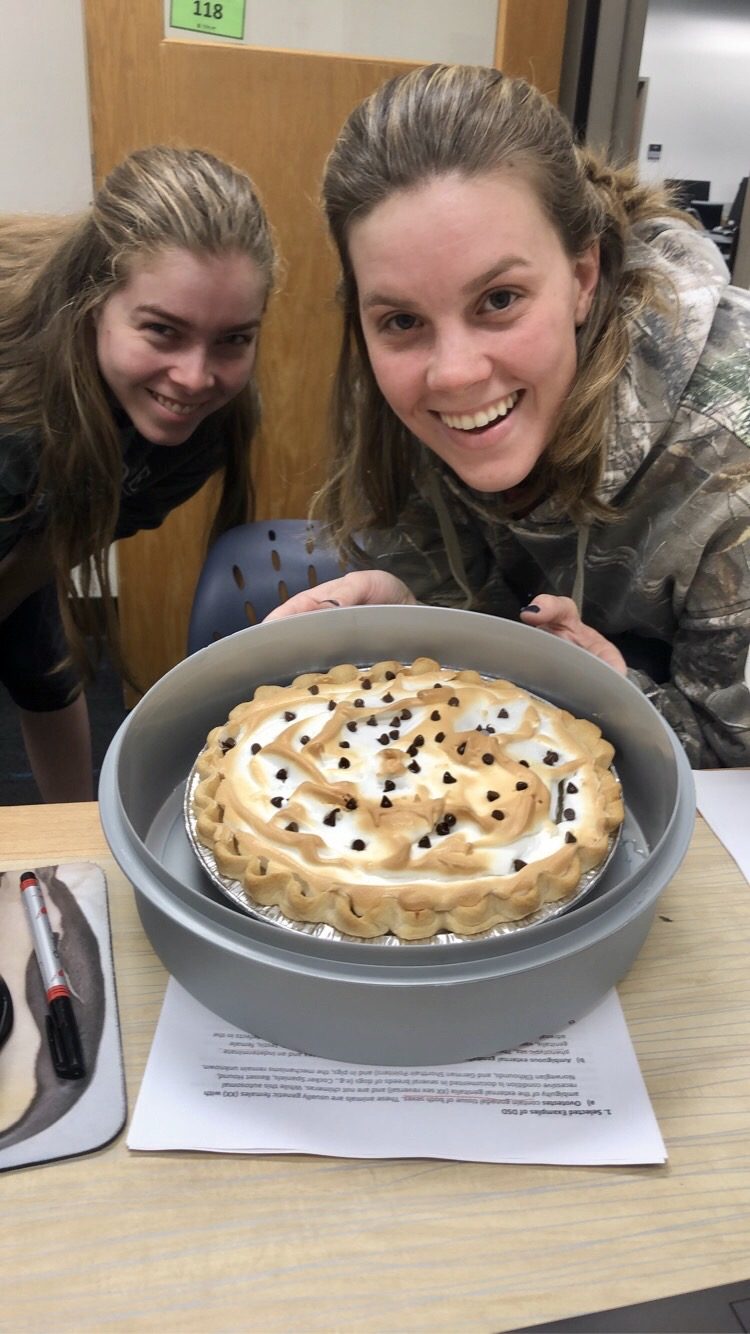
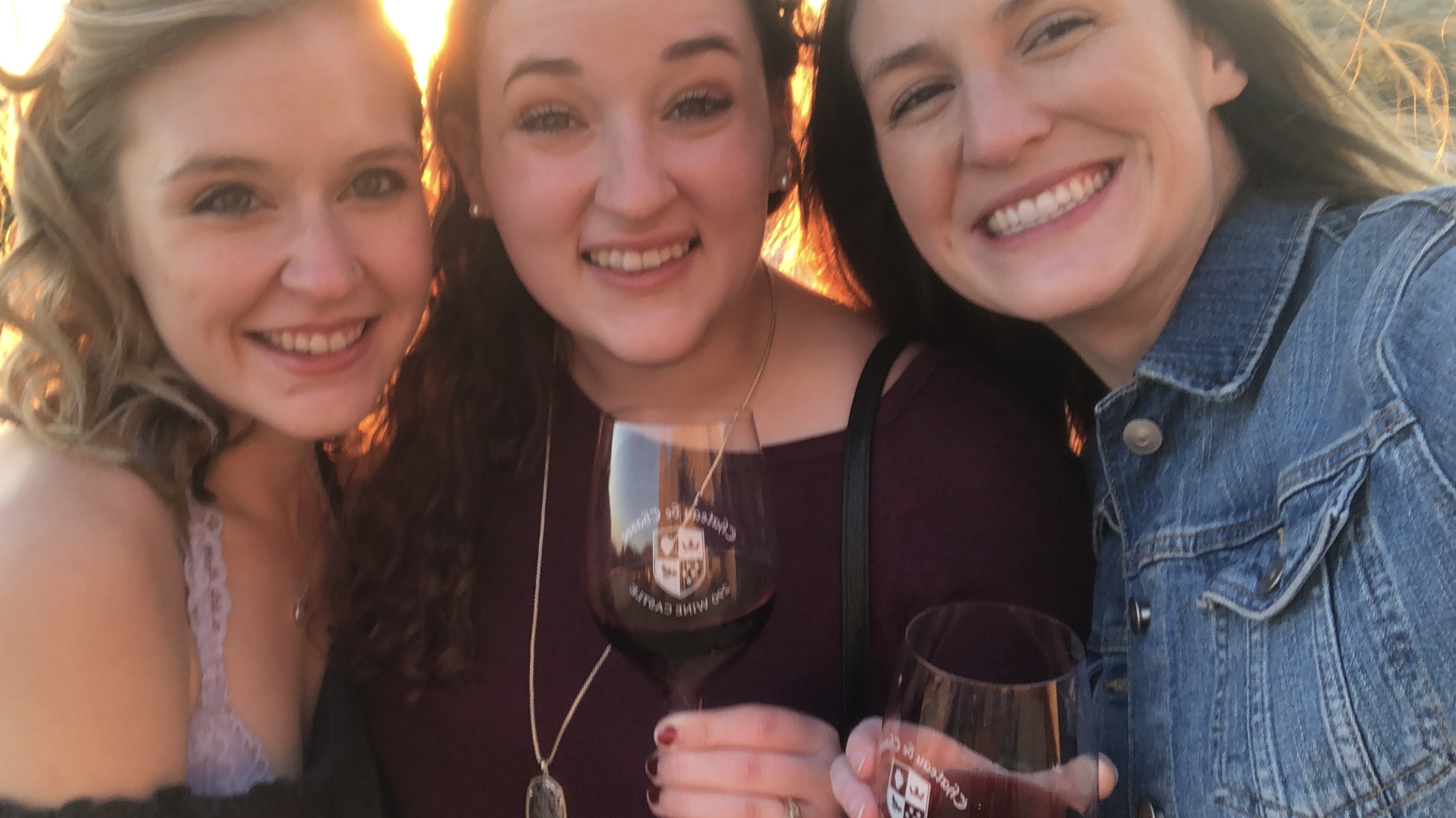
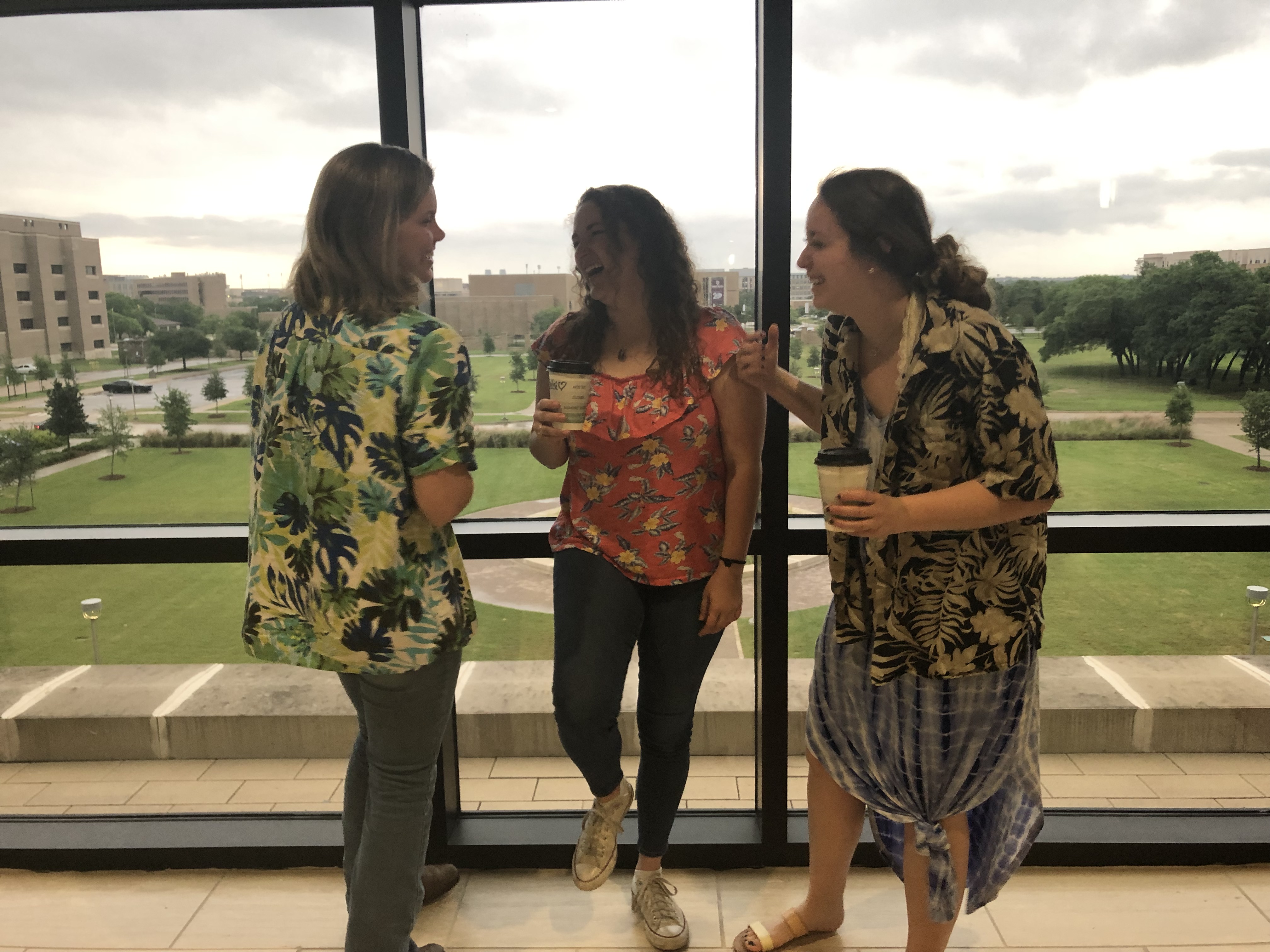
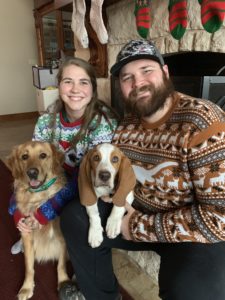
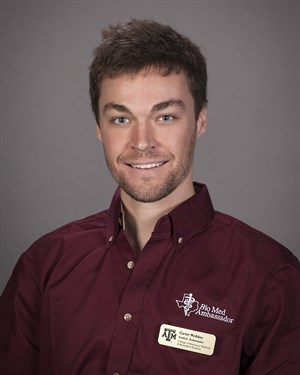 It is official: I have been accepted to the Texas A&M College of Veterinary Medicine!
It is official: I have been accepted to the Texas A&M College of Veterinary Medicine!